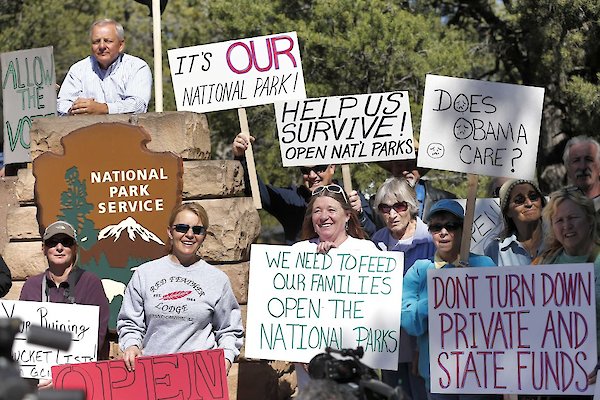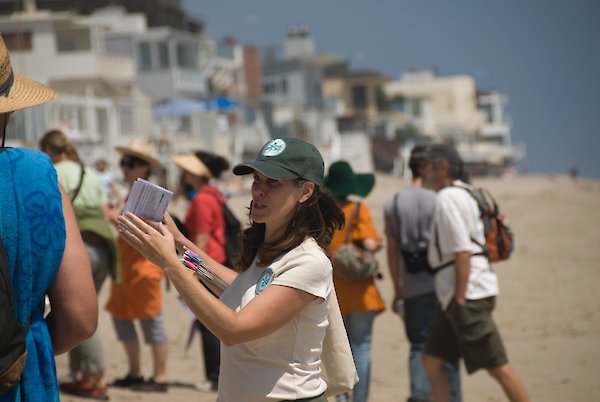Keynotes
Emily Eliza Scott
Art Historian, Artist, ETH Zurich
Emily Eliza Scott focuses on art and design practices that engage pressing ecological issues, often with the intent to actively transform real-world conditions. She holds a PhD in contemporary art history from UCLA, is currently teaching subjects ranging from institutional critique to urban ecological design, the concept of “post-nature,” and emergent geographies of climate change at the architecture department at ETH Zurich. Her book, Critical Landscapes: Art, Space, Politics, coedited with Kirsten Swenson, was published in 2015. She is also a founding member of two long-term, collaborative, art-research projects: World of Matter (2011-) and the Los Angeles Urban Rangers (2004-). She recieved major grants/awards from Creative Capital, the College Art Association, Graham Foundation, American Council of Learned Societies, Luce Foundation, Smithsonian American Art Museum, Annenberg Foundation, and Switzer Foundation. Before entering academia, she spent nearly a decade as a U.S. National Park Service ranger in Utah and Alaska. From 2018 she is appointed full professor at the University of Oregon.
Lecture: Boundary Objects: Parks, their Peripheries, and the Public Sphere
Thursday, June 7, 4:30 p.m.
Parks are spaces defined by their boundaries and the concomitant contrast between that which happens within versus beyond them—even if their actual edges are often neglected from direct consideration. This talk borrows the notion of the “boundary object” developed by science studies scholars in the 1980s to describe entities that are interpreted and used differently by different communities, in order to examine a number of instances where parks have become the loci of intense battles over land use and value systems, more generally.[i] (In many cases, such conflicts play out along parks’ boundaries, quite literally.) In 2016, for example, an armed, multi-week standoff transpired between rancher-occupiers and federal officials at the Malheur National Wildlife Refuge in eastern Oregon, encapsulating the ongoing tension between subscribers to the self-named “wise use movement” and government land management agencies in the western United States. On the urban front, recent efforts to “green” the Jardins d’Éole in northeast Paris, a multiethnic and working class neighborhood, have highlighted the now-predictable risk of eco-gentrification, or extent to which sustainable urbanism benefits some at others’ expense.[ii] Both of these examples underscore the meaning, and importance, of public space as a sphere where debate and dissensus, fundamentally democratic activities, might take place.[iii]
This talk will furthermore consider practices by artists and activists that shed light upon the controversial, as opposed to coherent, facets of parks. In particular, I will draw from two projects of my own. The first, still in a provisional state, is a remapping of U.S. National Park Service sites relative to specific frictions that have occurred between parks and “gateway communities,” or the residents living near their perimeters. Second, I’ll share some work of the Los Angeles Urban Rangers, an interdisciplinary group that I co-founded in 2004, which develops guided hikes, campfire talks, field kits, and other interpretive tools to spark creative explorations of everyday habitats in its home megalopolis and beyond. Among others, our past projects include: a series of public “safaris” elucidating Malibu’s contentious public-private coastline; a “critical campout” on the grounds of the Museum of Contemporary Art that broached the subject of gentrification and homelessness in downtown Los Angeles; and a trail system through the only remaining “wild” plot in Almere, a city built on Netherlands’ newest polder (a thoroughly constructed landscape).
[i] Susan Leigh Star and James R. Griesemer, “Institutional Ecology, ‘Translations’ and Boundary Objects: Amateurs and Professionals in Berkeley's Museum of Vertebrate Zoology, 1907-39,” Social Studies of Science vol. 19, no. 3 (August 1989): 387–420.
[ii] Andrew Newman, Landscape of Discontent: Urban Sustainability in Immigrant Paris (Minneapolis: University of Minnesota Press, 2015).
[iii] Setha Low and Neil Smith, “Introduction: the Imperative of Public Space,” in The Politics of Public Space, eds. Low and Smith (New York: Routledge, 2006), 1-16. See also Rosalyn Deutsche, Evictions: Art and Spatial Politics (Cambridge, MA, and London: MIT Press, 1996).


